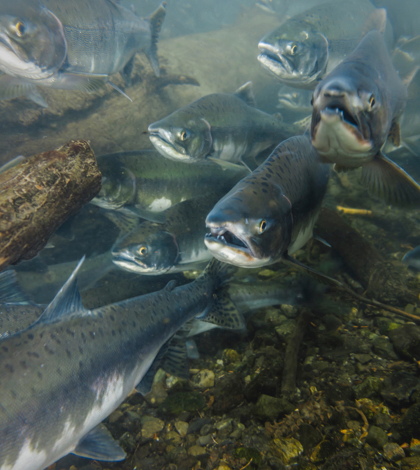Working collaboratively the Bureau of Reclamation and the California Department of Water Resources (DWR) have reviewed options to improve fish passage and increase floodplain fisheries-rearing habitat in the Yolo Bypass, near Sacramento. The project’s aim is to benefit Sacramento River winter-run Chinook salmon, Central Valley spring-run Chinook salmon, Central Valley steelhead and the southern distinct population segment of North American green sturgeon. The two agencies have ultimately released environmental documents that analyze six action alternatives and analyzed downstream channel improvements.
“The Yolo Bypass is both a prominent element of California’s flood control system and a critical migration corridor for fish,” said Reclamation’s Mid-Pacific Regional Director Ernest Conant. “This project shows what we can do when we work with our state and local partners to address fish and water supply reliability in California. I look forward to our work together to restore habitat while continuing existing land use.”
The Yolo Bypass is California’s largest continuous floodplain consisting of 59,000 acres. The project will consist of a new structure at the head of the Fremont Weir, also known as a headworks structure, as well as channel improvements to an outlet and downstream channels. This will allow the new construction to connect floodplain habitat over the winter, when flooding occurs. This will help to avoid significant impacts to land uses in the winter by operating within existing hydrology and outside of the agriculture season. Additionally, the project meets requirements of the National Marine Fisheries Service 2009 Biological Opinion on the Long-Term Operations of the Central Valley Project and the State Water Project (LTO) and is part of the Reinitiation of Consultation (ROC) on LTO.
When completed, the project will also provide seasonal inundation that mimics the natural process of the Yolo Bypass floodplain during winter and improves connectivity within the bypass and to the Sacramento River. In turn, juvenile salmon will be able to feed in a food-rich area for a longer time, allowing them to grow rapidly in size. This will improve their odds of survival as they travel to the ocean.
 California Water News Daily Your Source For Water News in California
California Water News Daily Your Source For Water News in California


